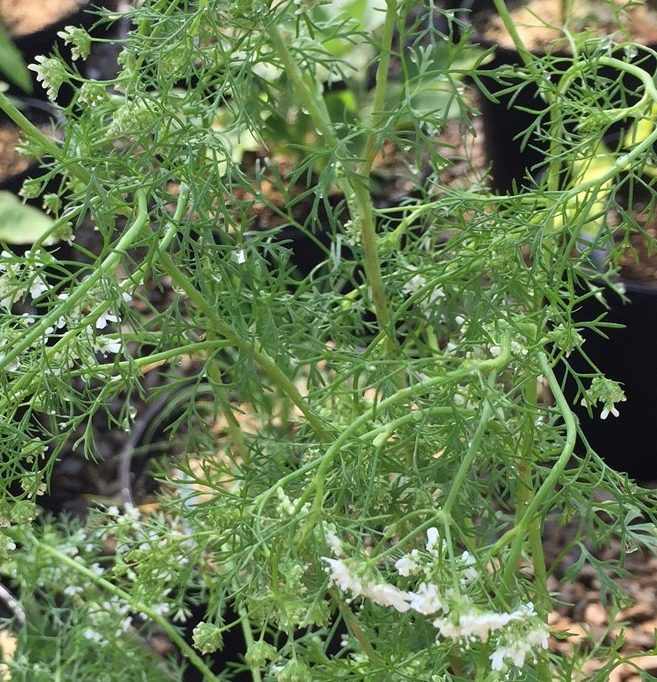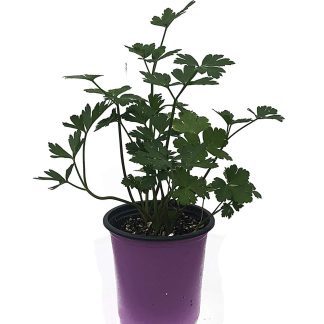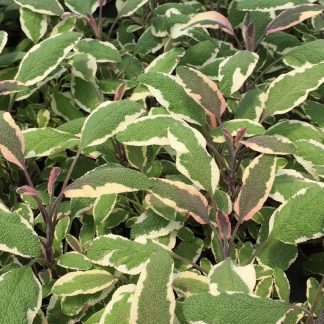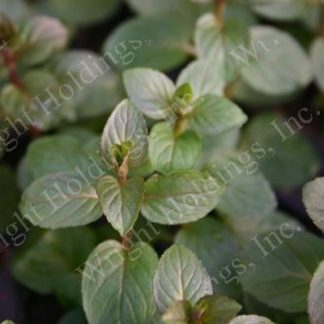Description
Cilantro ‘Santo’ (Coriandrum sativum): A Gardener’s Delight
Cilantro, also known as coriander, is one of those herbs that sparks instant recognition. Its bright, citrusy leaves add a lively note to salsas, curries, salads, and more. Around the globe, this humble herb bridges cultures and kitchens, yet when grown at home, it offers something even better—unparalleled freshness and flavor straight from your garden.
Among the many varieties, Cilantro ‘Santo’ (Coriandrum sativum) has earned a loyal following. It grows fast, resists bolting better than most, and keeps producing longer into warm weather. For gardeners who crave steady harvests and easy care, this variety is a true standout.
The Allure of Cilantro ‘Santo’
What Sets It Apart
Not all cilantro is created equal. Traditional types often bolt quickly, sending up flowers and seeds far earlier than we’d like. ‘Santo’ cilantro was developed to counter that, offering gardeners a longer window to enjoy lush leaves before flowering begins. This means more harvests, fewer replantings, and less frustration during hot spells.
Its growth is vigorous yet tidy, forming leafy rosettes that can be cut again and again. The flavor is classic cilantro—bright, citrus-like, and slightly peppery—making it perfect for all your favorite dishes.
A Dual-Purpose Plant
Cilantro is unique because both its leaves and seeds (coriander) are used in cooking. With ‘Santo,’ you can enjoy both without compromising quality. Once the plant bolts, you can let the flowers set seed and dry them for your spice rack, extending its usefulness far beyond leaf harvests.
Why Grow Cilantro ‘Santo’ at Home?
Unmatched Freshness
Store-bought cilantro wilts quickly. By the time it reaches your kitchen, much of its aroma is already fading. Growing your own ensures you always have fresh bunches to snip moments before cooking.
Extended Harvest Period
Thanks to its bolt resistance, ‘Santo’ keeps producing leaves even as temperatures rise. This makes it especially valuable in regions with unpredictable spring and summer weather.
Versatility in the Garden
‘Santo’ thrives in garden beds, raised planters, and even containers on sunny patios. Whether you have a sprawling backyard or just a few feet of balcony space, this herb adapts beautifully.
Pollinator-Friendly Blooms
When left to flower, cilantro produces delicate white umbels that attract bees and beneficial insects. This not only supports local pollinator populations but also enhances biodiversity in your garden.
Planting Cilantro ‘Santo’
Best Time to Plant
Cilantro prefers cool weather, so plant in early spring or late summer for fall harvests. In mild climates, it can even be grown through winter. Avoid planting during peak summer heat, when even bolt-resistant varieties can struggle.
Choosing the Right Spot
Select a location with full sun to light shade and well-draining soil. Cilantro appreciates fertile soil but does not like to sit in waterlogged ground. Raised beds or containers with drainage holes work wonderfully.
Soil Preparation
Mix in compost or well-rotted manure before sowing. Aim for a soil pH between 6.2 and 6.8 for best growth. Light, crumbly soil encourages healthy root development.
Sowing Seeds
- Direct sowing is recommended, as cilantro dislikes transplanting.
- Plant seeds about ¼ inch deep and 2 inches apart.
- Thin seedlings to 6 inches apart for full, leafy growth.
Successive sowing every 2–3 weeks ensures a continuous supply throughout the growing season.
Caring for Your Plants
Watering
Keep the soil evenly moist, especially during germination. Once established, cilantro benefits from regular watering but should not be waterlogged. Mulching helps retain moisture and keeps roots cool.
Feeding
A light feeding of balanced, organic fertilizer every few weeks supports leafy growth. Avoid high-nitrogen fertilizers, which can cause excessive leafiness at the expense of flavor.
Bolting Prevention
Though ‘Santo’ is slower to bolt, hot weather can still trigger flowering. To prolong harvest:
- Provide partial afternoon shade in summer.
- Harvest regularly to encourage new leaf growth.
- Keep soil consistently moist during heatwaves.
Harvesting Cilantro ‘Santo’
When to Harvest
Begin cutting leaves when plants are 4–6 inches tall. Harvest outer leaves first, allowing the center to keep producing. Frequent picking promotes lush growth and delays bolting.
Extending the Harvest
If plants begin to flower, let some go to seed. The seeds, or coriander, can be collected once they turn brown and dry on the stem. Store them in airtight containers for use in spice blends and baking.
Culinary Inspiration
Fresh Leaves
Add chopped cilantro leaves to:
- Fresh salsas and guacamole
- Thai curries and Vietnamese pho
- Salads and slaws
- Garnishes for soups, tacos, and roasted vegetables
Coriander Seeds
Use the seeds for:
- Spice rubs for meats
- Homemade pickling brines
- Baking breads and spiced cookies
- Indian-style curries and masalas
By growing ‘Santo,’ you’re essentially cultivating two spices in one plant.
Companion Planting Benefits
Cilantro pairs well with many garden favorites. It helps repel aphids and attracts beneficial insects that prey on pests. Plant it alongside tomatoes, peppers, spinach, or carrots for mutual benefits. The delicate flowers also serve as nectar sources for pollinators visiting your garden.
Growing in Containers
For small spaces or patios, ‘Santo’ cilantro shines in pots. Choose containers at least 8–10 inches deep. Use high-quality potting soil and water frequently, as pots dry out faster than garden beds. Place in a sunny spot and rotate regularly for even growth.
Common Problems and Solutions
- Yellowing Leaves: Often caused by overwatering or poor drainage. Improve soil and reduce watering frequency.
- Bolting Too Early: Provide shade and keep soil moist; sow successive plantings during cooler periods.
- Pests: Aphids and whiteflies may appear but are easily managed with insecticidal soap or by introducing ladybugs.
Preserving Cilantro
If you have more cilantro than you can use, try these preservation methods:
- Freezing: Chop and freeze in ice cube trays with olive oil or water.
- Drying: Less common for cilantro leaves, but effective for coriander seeds.
- Herb Pastes: Blend with oil, garlic, or chili for flavorful bases you can freeze.
A Herb Worth Celebrating
Cilantro ‘Santo’ combines ease of care with exceptional flavor. It gives us longer harvests, lush greenery, and even pollinator-friendly flowers. Whether tucked into a raised bed, lining a sunny balcony, or growing in containers by the kitchen door, this herb rewards the gardener with freshness that store-bought bunches simply can’t match.
By adding ‘Santo’ to your garden, you’re not just growing a plant—you’re inviting a world of flavor and fragrance into your everyday cooking.
Fresh Flavors Await You in Every Leaf
Growing cilantro ‘Santo’ offers an unmatched connection between garden and kitchen. Each snip of green brings your meals to life, while each bloom brings joy to bees and beneficial insects. It’s a simple herb with a wide reach, a small seed with big rewards. Plant it once, and it’s likely to become a staple in your gardening journey year after year.




